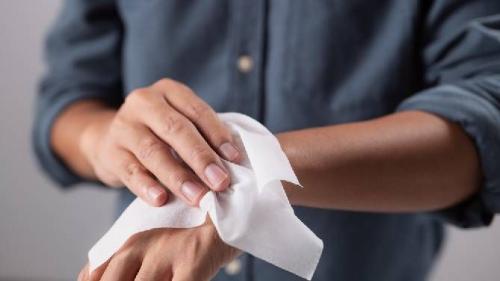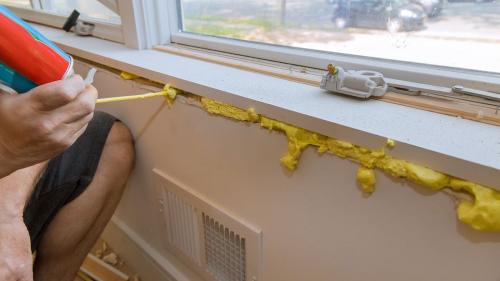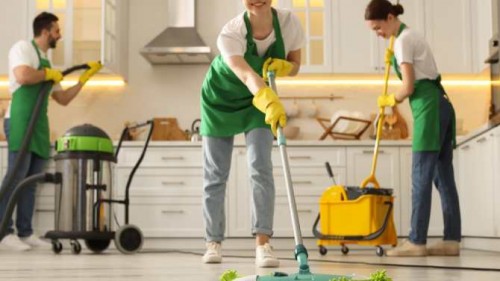Melbourne is one of Australia’s fastest-growing cities, and with that growth comes new challenges—many of which are not immediately obvious. While most conversations about urban expansion focus on housing affordability, transport, and infrastructure, there’s another issue simmering in the background: pests. The surge in high-density living, construction projects, and climate shifts has reshaped the demand for pest control in Melbourne, forcing pest controllers to rethink how they operate.
This article takes a closer look at how rapid urban growth is changing the role of pest control professionals and why modern approaches are more critical than ever for both homeowners and businesses.
The Urban Growth Factor: Why Pests Are Thriving
Melbourne’s population has exploded over the past decade, and with it, the city has sprawled into new suburbs while simultaneously building upwards in the CBD and inner suburbs. This rapid urbanisation creates perfect environments for pests to thrive.
-
High-density housing such as apartment blocks provides shared walls, ducting, and garbage areas—ideal for rodents and cockroaches to spread quickly.
-
Construction zones disturb natural habitats, pushing termites, ants, and rodents into nearby homes.
-
Climate change amplifies these problems, as warmer temperatures extend breeding seasons for pests like mosquitoes and flies.
For Melbourne residents, the result is clear: infestations are no longer rare, seasonal problems but year-round threats to health and property.
From Reactive to Proactive Pest Control
Traditionally, pest control was viewed as a reactive service—you’d call in an exterminator after spotting mice droppings or a line of ants across the kitchen bench. But with the complexities of modern Melbourne living, this old model no longer cuts it.
Today’s pest controllers must work proactively, integrating prevention and monitoring strategies alongside traditional treatments. For instance:
-
Rodent monitoring systems are installed in new buildings before problems start.
-
Pre-construction termite barriers are now common in suburbs expanding into bushland.
-
Routine inspections are built into tenancy agreements for commercial and residential leases.
This shift highlights how pest control has become more of an ongoing partnership than a one-off service.
Technology Is Redefining Pest Control in Melbourne
With Melbourne’s growth comes innovation. Pest control is no longer just about traps and sprays—technology now plays a major role in detecting and eliminating infestations.
-
Digital monitoring devices allow pest controllers to track rodent activity remotely.
-
Drones are used for inspecting hard-to-reach roof spaces and large industrial sites.
-
Eco-friendly solutions are gaining traction, as both councils and residents demand greener pest control options.
As Melbourne continues its journey towards becoming a “smart city,” it’s no surprise that pest management is also becoming smarter.
The Health & Safety Dimension
Rapid urban growth brings people closer together, and with higher population density comes higher health risks. Rodents, cockroaches, and other pests spread bacteria, parasites, and allergens that can compromise community health.
Local councils and businesses alike are now prioritising professional pest control in Melbourne not only for comfort but also to ensure compliance with strict health and safety regulations. Restaurants, aged-care facilities, and schools, in particular, rely heavily on ongoing pest management to protect vulnerable groups.
The Role of Pest Controllers Is Expanding
The modern pest controller in Melbourne wears many hats. They’re no longer simply exterminators but problem-solvers, risk managers, and educators. Their responsibilities now include:
-
Consulting with property developers on pest-proof building designs.
-
Educating homeowners on preventive practices like proper waste disposal and sealing entry points.
-
Partnering with businesses to develop pest management plans that meet regulatory standards.
This broader role ensures that pest control professionals are embedded in Melbourne’s growth story—not just responding to it.
Why Homeowners and Businesses Must Adapt
Urban growth isn’t slowing down anytime soon, and pests will continue to adapt to the changing city landscape. For homeowners, this means that relying on DIY fixes is becoming increasingly ineffective. Similarly, businesses can’t afford to take risks when pest-related issues can damage reputations overnight.
The solution lies in building long-term relationships with trusted pest control providers. Regular inspections, preventive treatments, and fast response times are no longer optional—they’re essential for protecting Melbourne’s homes, workplaces, and investments.
Final Thoughts
Melbourne’s rapid growth has reshaped many industries, and pest management is no exception. The role of pest controllers has expanded beyond extermination to include prevention, education, and smart technology solutions. For residents and business owners alike, professional pest control in Melbourne is now a cornerstone of maintaining property value, health, and peace of mind.
As the city continues to evolve, one thing is certain: pests will adapt. The real question is whether property owners are ready to adapt with them—by partnering with professionals who understand the changing landscape of Melbourne’s urban environment.
If you’re based in Melbourne and want proactive, reliable pest control that keeps up with the city’s rapid growth, visit Mr Pest Controller to learn more about tailored solutions for homes and businesses.










